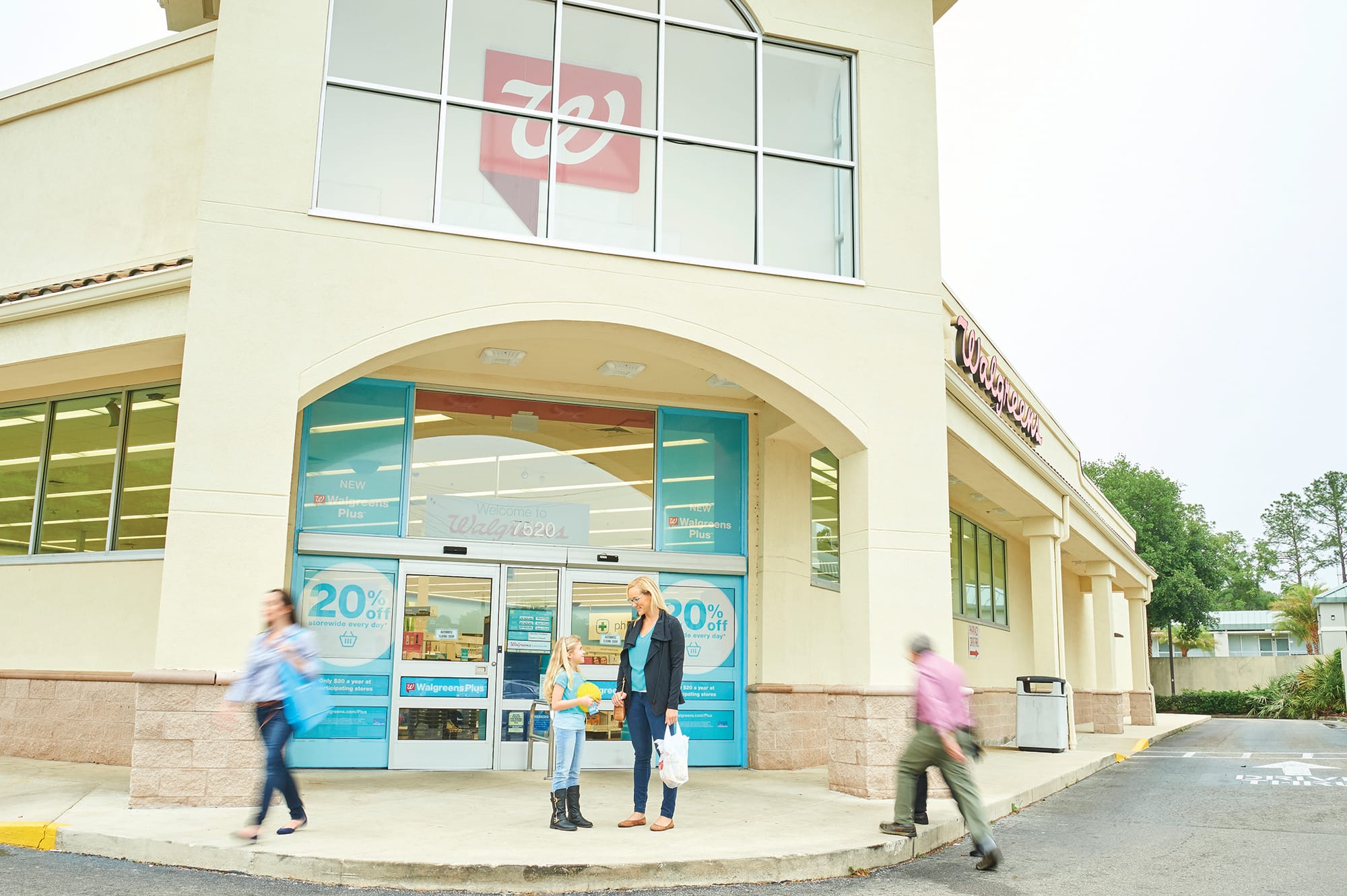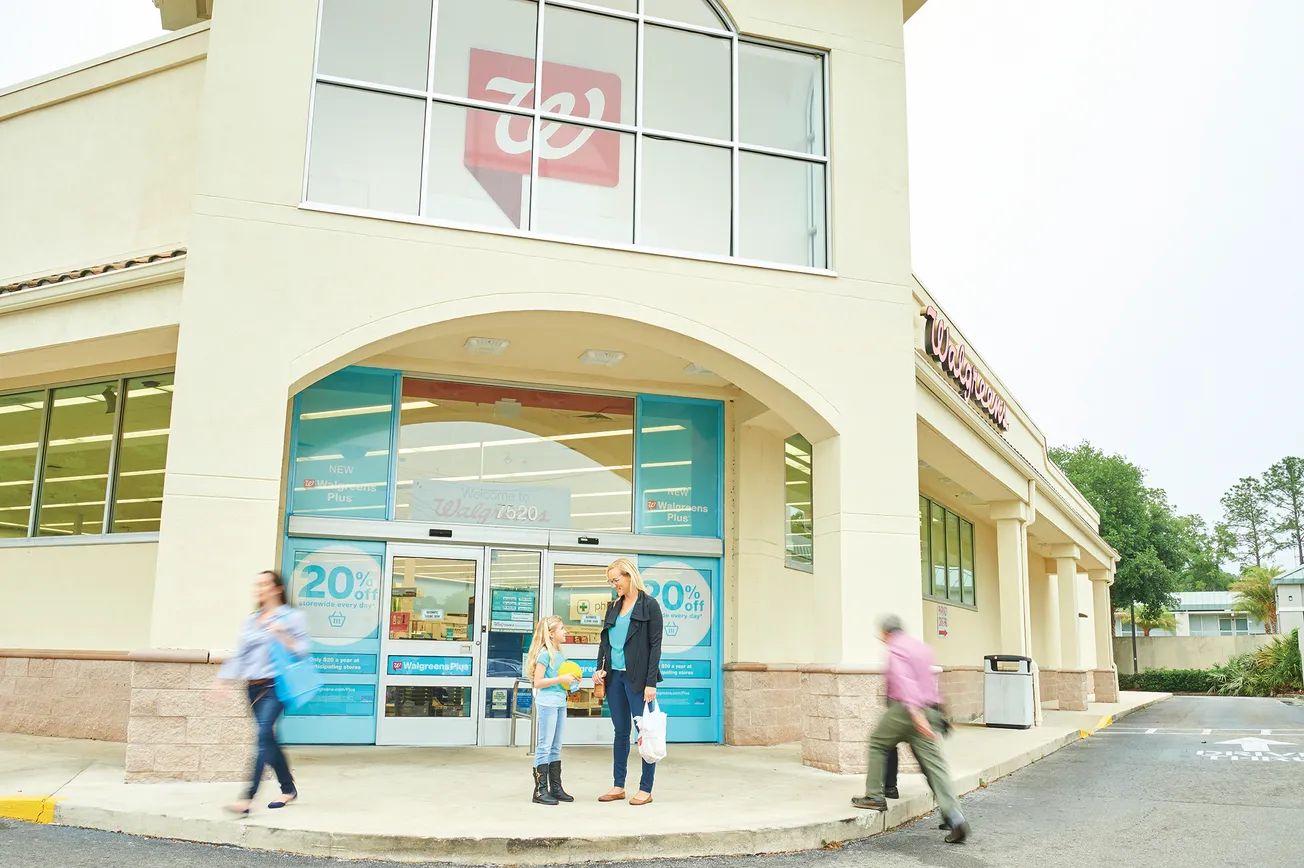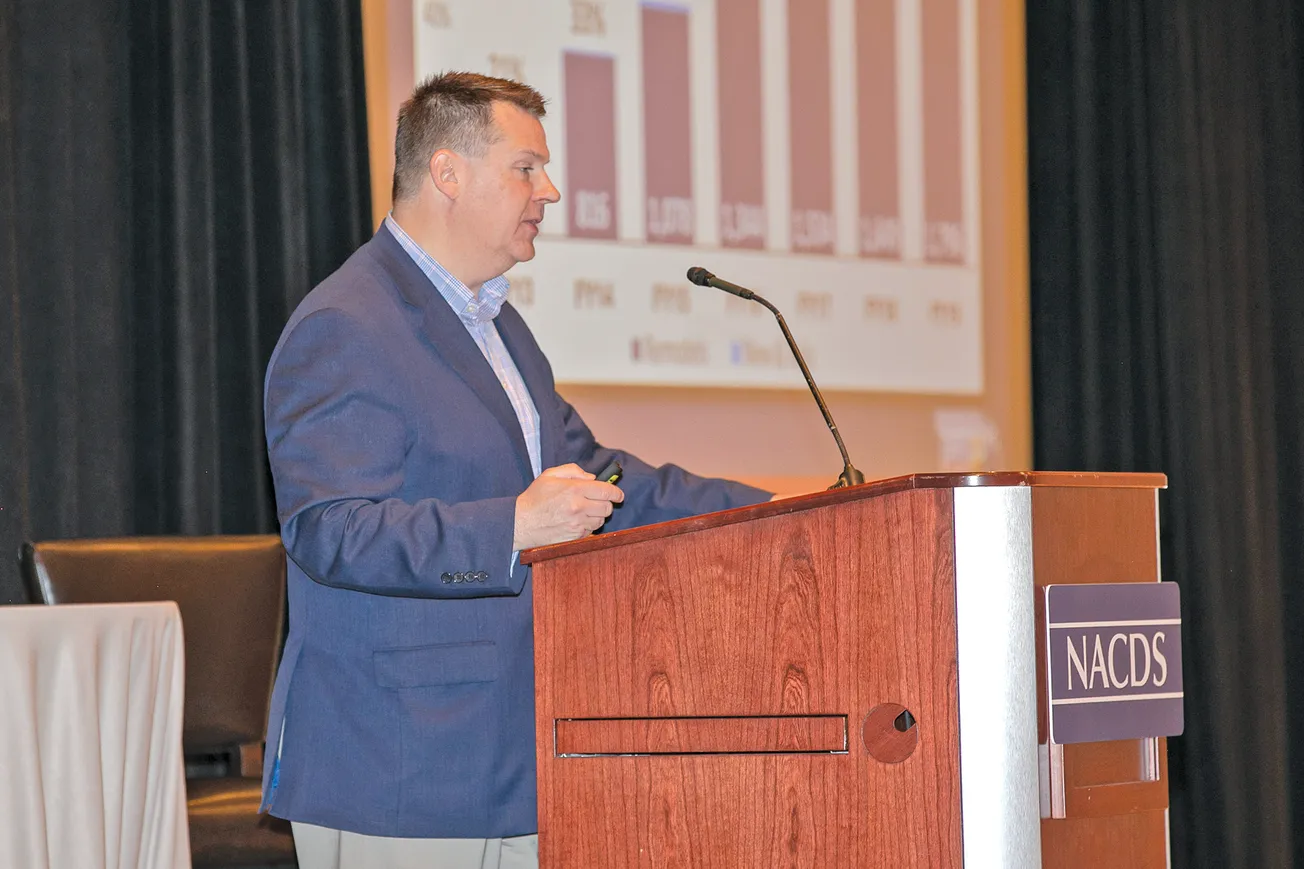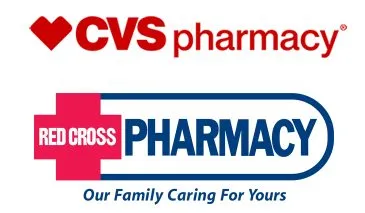The National Association of Chain Drug Stores Annual Meeting last month in Palm Beach, Fla., unfolded against a backdrop of rapid-fire change in community pharmacy and the broader retailing and health care sectors. Leaders of many of the nation’s top mass market retailers, including discounters, supermarkets, dollar stores and even online merchants, as well as drug chains, assembled to interact with their counterparts from the pharmaceutical and CPG industries and assess developments that will help determine the future course of the business.
Recent moves by CVS Health and Walgreens Boots Alliance that were addressed in this space in the last issue of Chain Drug Review were top of mind.

The debut of 17 Walgreens stores in greater Gainesville, Fla., which concentrate all of the retailer’s new ideas about drug store retailing in one market — news that broke on the first day of the Annual Meeting — received a lot of attention. The ambitious pilot program includes innovative approaches to most aspects of the Walgreens offer, including the shopping experience, pricing and promotions, partnerships with other companies that result in new services to consumers, and customer loyalty.
One of the aspects of the project that raised some eyebrows among front-end suppliers is a significant reduction in the number of SKUs on store shelves. It will be interesting to see how shoppers respond to the streamlined merchandise mix and other changes designed to recast the drug store for the digital age.
CVS’ imminent merger with Aetna, one of the nation’s leading health insurers, was the subject of much discussion. Work on the deal, which has the potential to transform not only the combined company’s business but how health care is administered and delivered, is progressing as planned. Shareholders at CVS and Aetna have already approved the merger, and, as CVS Health president and chief executive officer Larry Merlo noted in a conference call with analysts earlier this month, efforts to secure regulatory approval and integration planning are both on track.
“The really exciting part of this transaction is our opportunity to rethink and reinvent health care in our country,” he said. While most attendees at the Annual Meeting would agree that the task needs urgent attention, there is some uneasiness about the degree of influence over patients that CVS will have after the merger is finalized.
The pending combination of Albertsons Cos. and Rite Aid was another focal point. By melding the nation’s second-largest operator of supermarkets and food/drug combination stores and third-largest drug chain, the deal will give the new entity the scale it needs to compete in the pharmacy market and create the opportunity to leverage the link between nutrition and health care for the benefit of its customers, a strategy that is often talked about but seldom effectively implemented.
Despite obvious advantages, the transaction has encountered some resistance from Rite Aid stockholders, who believe the company has been undervalued. The challenge facing Rite Aid chairman and chief executive officer John Standley and president and chief operating officer Kermit Crawford is to convince shareholders to view the deal not as an acquisition, but as a merger whose benefits go well beyond financial considerations.
Issues common to all retailers involved in community pharmacy were also high on the agenda. The current state of the direct and indirect remuneration (DIR) program under Medicare Part D was roundly criticized. Lack of transparency on the part of plan administrators and the wide variability in how and when fees are charged to pharmacy operators were commonly characterized as factors that needlessly complicate the business model and, in the case of independent pharmacies and small drug chains, pose a threat to their survival.
A handful of executives took a more moderate view. While acknowledging the program has very real flaws and needs to be altered, they pointed out that DIR fees represent a step toward value-based remuneration for pharmacy. Progress towards that goal, which has been long sought by the profession, they assert, needs to be maintained.
Mark Panzer, senior vice president of pharmacy, health and wellness at Albertsons, raised another, often overlooked, issue of importance. In his first public presentation as NACDS’ new chairman, he cautioned his audience at the Annual Meeting against becoming too pharmacy-centric.
“So, regarding a focus on the front-end of the store in our businesses and at NACDS, let me just state it very clearly: It’s vital to not just concentrate on our pharmacy business but to also build a healthy front-end business to remain a relevant and profitable business model,” he said. “There are tremendous opportunities to be had by sharpening our focus on the health, wellness and beauty areas within the store. There is so much opportunity for retailers and supplier partners to work together to drive profitable sales and successful partnerships.”
Panzer’s comments about the role of the front end were a needed corrective. It will be interesting to observe the evolution of that part of the store against the sweeping changes already under way in pharmacy and health care.









